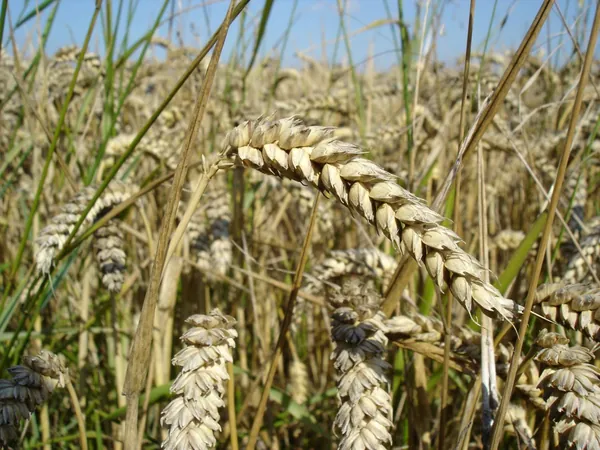
Unlocking the Secret to Perfect Wheat: How the TaNF-Y Complex Can Boost Grain Quality and Yield!
2024-09-27
Author: Nur
Unlocking the Secret to Perfect Wheat: How the TaNF-Y Complex Can Boost Grain Quality and Yield!
In the quest for the perfect wheat, researchers are always on the lookout for breakthroughs that can enhance both grain yield and quality. The focus has recently turned to the intricate balance between starch content and seed storage protein (SSP) composition, two vital factors that define the grain's performance. While starch is crucial for grain weight, the makeup of SSP is key to flour quality. This creates a conundrum: improving one often negatively impacts the other.
Now, a groundbreaking study from a team led by Professor Xiao Jun at the Institute of Genetics and Developmental Biology of the Chinese Academy of Sciences has made a significant leap in understanding this balance. Their exciting findings, published on September 18, 2024, in The Plant Cell, spotlight the trimer complex known as TaNF-Y, which has the ability to simultaneously regulate the biosynthesis of starch and SSP in wheat (Triticum aestivum L.).
This innovative research sheds light on the previously murky area of how transcription factors, like TaNF-Y, coordinate both starch and SSP accumulation, ultimately striving for that elusive equilibrium between yield and quality. The TaNF-Y complex consists of three components: TaNF-YA3-D, TaNF-YB7-B, and TaNF-YC6-B, which play a crucial role in modulating the synthesis of these two key compounds.
Professor Xiao's team employed RNA interference technology to silence specific genes within the TaNF-Y complex, leading to a notable decrease in starch levels along with an increase in storage protein content. This startling reversal signifies the potential of the TaNF-Y complex to be harnessed for wheat breeding.
The intricate workings of TaNF-Y don't end there. The complex interacts with the Polycomb Repressive Complex 2 (PRC2), which is responsible for modifying histones (specifically, H3K27me3). This interaction ultimately inhibits the transcription of key SSP-encoding genes, like TaLMW-400 and TaGli-γ-700, along with a negative regulator of starch-encoding genes known as TaNAC019. This dual mechanism illustrates how TaNF-Y navigates the complex web of genetic regulation to improve wheat quality without compromising yield.
With such promising results on the horizon, the TaNF-Y complex could revolutionize wheat breeding strategies, potentially leading to varieties that meet the ever-growing global demand for higher yield and superior quality. As researchers continue to unlock the secrets of wheat genetics, the future of grain cultivation looks brighter than ever! Keep an eye on this evolving story—it could change the way we think about food production worldwide!



 Brasil (PT)
Brasil (PT)
 Canada (EN)
Canada (EN)
 Chile (ES)
Chile (ES)
 Česko (CS)
Česko (CS)
 대한민국 (KO)
대한민국 (KO)
 España (ES)
España (ES)
 France (FR)
France (FR)
 Hong Kong (EN)
Hong Kong (EN)
 Italia (IT)
Italia (IT)
 日本 (JA)
日本 (JA)
 Magyarország (HU)
Magyarország (HU)
 Norge (NO)
Norge (NO)
 Polska (PL)
Polska (PL)
 Schweiz (DE)
Schweiz (DE)
 Singapore (EN)
Singapore (EN)
 Sverige (SV)
Sverige (SV)
 Suomi (FI)
Suomi (FI)
 Türkiye (TR)
Türkiye (TR)
 الإمارات العربية المتحدة (AR)
الإمارات العربية المتحدة (AR)